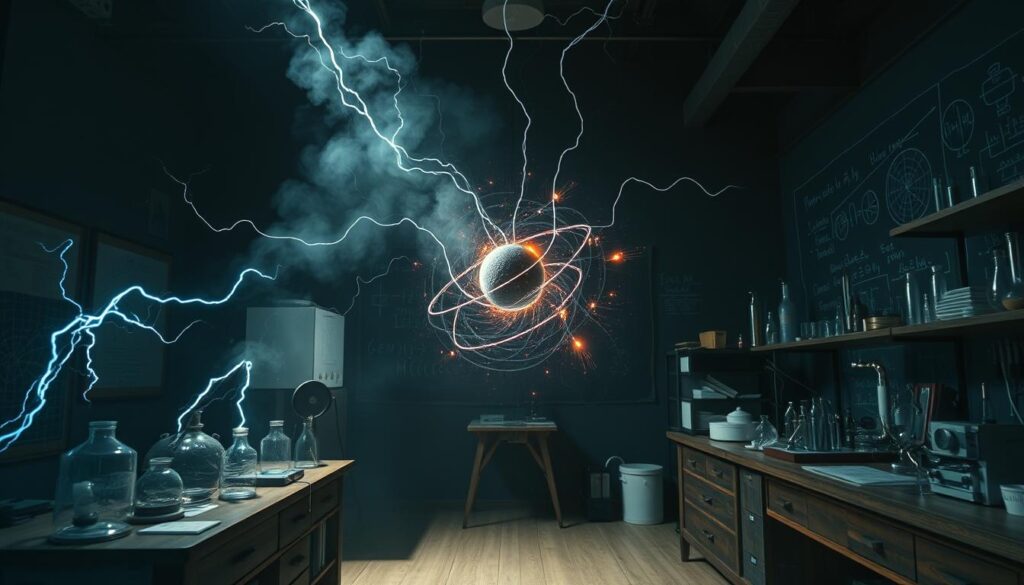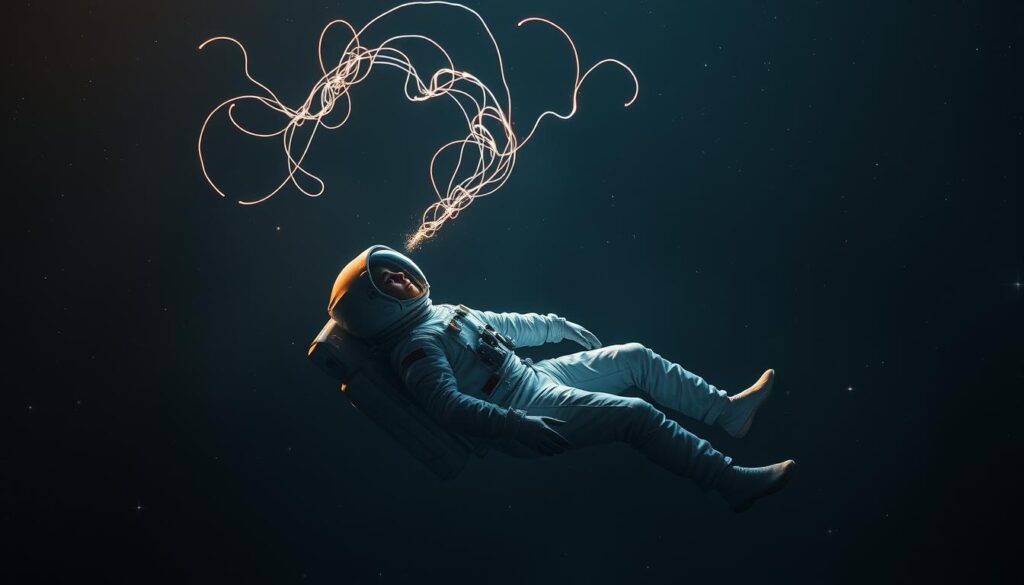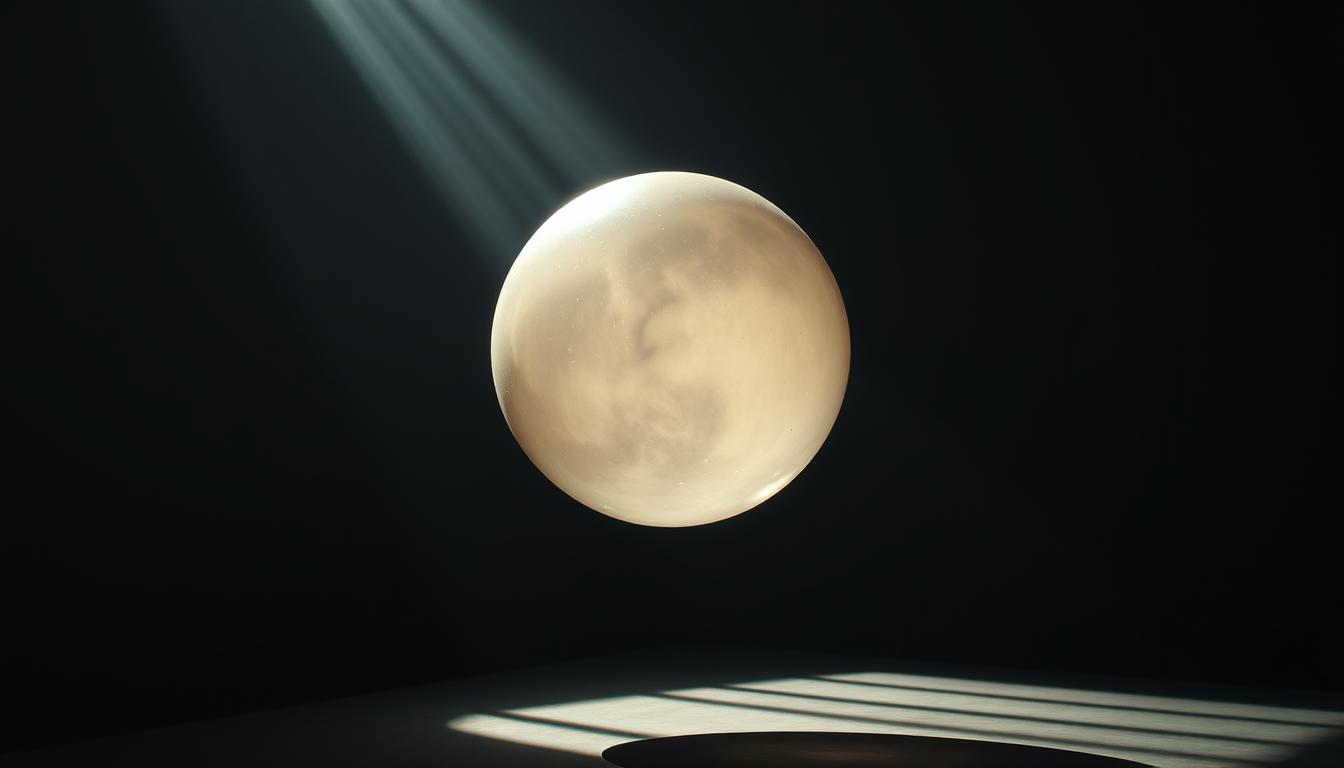Can the mind truly move objects without physical contact? While mainstream science remains skeptical, some researchers explore fascinating possibilities. The National Research Council dismissed paranormal claims in 1988, citing a lack of repeatable evidence. Yet, theories like Scott Adams’ gravitational ripple hypothesis keep the debate alive.
Quantum physics suggests unseen forces might connect thoughts to matter. Experiments in China demonstrated brainwaves influencing materials in real time. Though results were minimal, they hint at potential breakthroughs. Cultural icons like Uri Geller add intrigue, bending spoons and sparking curiosity.
This article balances scientific rigor with open-minded exploration. We’ll examine studies, theories, and the thin line between myth and measurable phenomena.
Key Takeaways
- Mainstream science rejects telekinesis due to insufficient proof.
- Quantum theories propose gravity could link thoughts to matter.
- Recent experiments show brainwaves affecting materials instantly.
- Historical figures like Uri Geller popularized the concept.
- The debate blends skepticism with cutting-edge hypotheses.
What Is Telekinesis? Defining the Phenomenon
Ancient myths and modern experiments both explore the possibility of influencing matter through pure willpower. The term stems from Greek—tēle (far) and kínēsis (motion)—hinting at movement without touch. While often dismissed, the idea persists across cultures and labs.
Telekinesis vs. Psychokinesis: Is There a Difference?
Telekinesis specifically describes moving physical objects mentally. Psychokinesis is broader, covering any mind-matter interaction, like bending metal or altering dice rolls. Both terms blur in pop culture but hold distinct scientific weight.

| Type | Scope | Examples |
|---|---|---|
| Micro-telekinesis | Statistical shifts in small systems | Lab experiments with random number generators |
| Macro-telekinesis | Visible object movement | Levitation claims, spoon bending |
From Ancient Myths to Modern Claims
Victorian-era hoaxes like Angelique Cottin, the “Electric Girl,” mixed wonder with fraud. Yet, stories of saints moving objects or Jedi wielding the Force in Star Wars keep the debate alive. Today, researchers test micro-effects, while stage magicians mimic macro-movements.
Whether myth or misunderstood science, the phenomenon challenges our grasp of consciousness and physics. Even skeptics admit: the human mind’s limits remain uncharted.
Is Telekinesis Real? Examining the Evidence
Lab tests and controversies shape the ongoing search for proof of mind-over-matter abilities. While some experiments suggest subtle mental force, replication issues and methodological flaws cast doubt.

Scientific Studies and Their Flaws
J.B. Rhine’s 1930s dice experiments initially showed promise. Participants guessed rolls with unusual accuracy, but researchers later found loose controls and selective reporting. Richard Kaufman’s 1952 study revealed believers often misrecorded results, favoring their biases.
Project Alpha (1979–1981) exposed deeper problems. Magicians Steve Shaw and Michael Edwards tricked the McDonnell Laboratory by faking spoon bends and object movements. Their hoax highlighted how easily labs could be deceived.
The Replication Problem: Why Proof Eludes Researchers
A 2006 meta-analysis of 380 studies found tiny effect sizes vanished under strict protocols. Evidence often suffered from the file drawer effect—negative findings went unpublished, skewing perceptions.
“Parapsychology’s biggest hurdle isn’t fraud—it’s the inability to produce consistent, measurable outcomes under scrutiny.”
Real-world applications further challenge claims. Casinos rely on randomness, yet no documented cases show mental influence altering games. Without repeatable evidence, skepticism remains the scientific default.
The Physics Behind Telekinesis: Why Science Is Skeptical
Physics laws challenge the idea of moving objects with thought alone. Mainstream science rejects macro-telekinesis because it violates core principles like conservation of energy and momentum. Even subtle effects, like influencing dice rolls, struggle to pass Occam’s razor.

Breaking the Laws of Physics: Energy and Momentum
Stopping a bullet mentally would require an unseen force altering its trajectory instantly. Sean Carroll argues this demands a fifth force—undetectable by instruments and weaker than gravity. Without empirical proof, such claims remain speculative.
Robert L. Park’s critique sharpens the debate: If minds could move matter, why can’t they deflect microbalances in labs? The silence is deafening.
Quantum Theories and Their Limitations
*Quantum consciousness* theories suggest brains interact with fields at subatomic levels. Yet Victor J. Stenger notes these models lack mathematical rigor. Most experiments show no statistically significant effects.
| Issue | Macro-Telekinesis | Micro-Telekinesis |
|---|---|---|
| Violation | Momentum conservation | Statistical noise |
| Example | Levitation claims | Dice experiments |
| Scientific Status | Debunked | Inconclusive |
Scott Adams’ gravity ripple idea is inventive but unverified. Until repeatable evidence emerges, physics will keep telekinesis in the realm of fiction.
Notable Claimants of Telekinetic Abilities
History brims with bold figures claiming extraordinary mental power over objects. Some dazzled audiences, while others were exposed as clever frauds.

Eusapia Palladino: Séance Scams Exposed
In the 1890s, Italian medium Eusapia Palladino “levitated” tables during séances. Psychologist Hugo Münsterberg caught her using hidden foot movements and fabric tricks. Her legacy? A cautionary tale about perception versus proof.
Uri Geller’s Spoon-Bending Spectacle
Uri Geller rose to fame in the 1970s by bending spoons on TV. Magicians like James Randi revealed his secrets:
- Cold metal stress: Pre-chilled spoons bend easier.
- Misdirection: Flashy gestures distracted from hand tricks.
Project Alpha: The Hoax That Shook Science
In 1979, magicians Steve Shaw and Michael Edwards infiltrated the McDonnell Laboratory. They faked telekinetic feats for years, exposing lax research standards. Funding for parapsychology plummeted post-scandal.
“Extraordinary claims require extraordinary evidence—and repeatable experiments.”
Lesser-Known Frauds and Failures
Anna Rasmussen rigged “spirit hands” with wires. Miroslaw Magola flopped under TV scrutiny. Even Swami Rama’s needle-moving act faced doubts—was it telekinetic abilities or hidden air currents?
Since 1964, Randi’s $1M challenge for proof remains unclaimed. In the battle between belief and evidence, time favors skepticism.
The Role of Magic and Misinterpretation
Stage magicians have long blurred the line between illusion and perceived reality. Their craft relies on exploiting gaps in human perception, making the impossible seem plausible. From spoon bends to floating objects, these effects mirror claims of telekinetic abilities—but with a crucial difference: they’re deliberate tricks.

How Magicians Simulate Telekinesis
Performers like Ben Harris use verbal suggestion to amplify apparent mental power. A key bends not by will but through pre-weakened metal and subtle pressure. Other tactics include:
- Thread pulls: Invisible fibers move objects remotely.
- Hidden magnets: Levitation acts rely on undetected magnetic fields.
- Cold reading: Guessing audience biases to “confirm” fake powers.
Cognitive Biases That Fuel Belief
A 2014 study found believers reported spoon bending continued even after tricks were exposed. This aligns with cognitive biases like:
- Confirmation bias: Ignoring disproof while favoring supportive anecdotes.
- Illusion of control: Overestimating personal influence over random events.
“Memory distorts to fit belief. In Wiseman’s 1995 study, viewers recalled impossible movements in staged videos.”
Daniel Wegner’s apparent mental causation model explains why people misattribute coincidences as proof. When a thought precedes an event—like a light flickering—they assume causation. Magicians weaponize this flaw, turning chance into “evidence.”
Gravity and Thought: A Radical Theory
What if your thoughts could ripple through the fabric of space-time? Some theorists propose that mental activity might interact with gravitational fields in ways we’re just beginning to understand. While controversial, this idea challenges conventional physics and opens doors to fascinating possibilities.

Could Your Mind Affect the Universe?
Scott Adams’ “God’s Debris” introduces a provocative analogy—the butterfly effect of consciousness. Imagine:
- A single serotonin molecule exerts gravitational force of ≈10⁻³⁴ Newtons
- Billions of firing neurons create cumulative effects
- Theoretical shifts in cosmic dust might occur over vast distances
Quantum entanglement experiments show surprising gravitational interactions in liquids. When particles link across space, their gravitational fields appear to communicate instantly. Could similar processes occur in neural networks?
The Limits of “Small-Scale” Telekinesis
Jupiter’s gravity dwarfs any potential mental influence—think elephants versus dust mites. Practical limitations include:
- Human brainpower can’t compete with planetary forces
- Effects would be trillions of times weaker than detectable thresholds
- You might influence a photon in Andromeda before moving a pencil on your desk
“The universe operates on scales where human consciousness becomes statistically insignificant—yet mathematically possible.”
Retrocausality and multiverse theories add layers to this puzzle. If time isn’t linear, could future thoughts affect past events? The math suggests yes, but proving it remains lightyears away.
Why Do People Believe in Telekinesis?
Belief in mind-over-matter abilities persists despite scientific skepticism. A 1981 survey revealed 30% of Americans accepted the idea of influencing events mentally. This enduring faith often stems from deep-rooted psychological mechanisms.

The Illusion of Control and Confirmation Bias
Humans evolved to detect agency—assuming intentional forces behind random events. Thomas Gilovich’s dice experiments showed how people perceive patterns in chaos, mistaking luck for mental influence.
Daniel Wegner’s research highlights the illusion of control. When a thought precedes an action—like a light flickering—minds often link them causally. Magicians exploit this, turning coincidence into “proof.”
- Clustering illusion: Random-number generator tests falsely appear non-random to believers.
- Trauma correlation: Those facing uncertainty or stress more likely embrace paranormal belief.
- Scoring biases: Yale’s 1952 study found believers skewed results to favor their views.
Like astrology, telekinesis thrives on subjective validation. Others dismiss contradictions, clinging to rare anecdotes. As cognitive biases warp perception, the line between wonder and delusion blurs.
“We see what we expect—not what exists.”
Conclusion: Separating Fact from Fiction
Centuries of claims meet modern skepticism in the quest for mind-over-matter proof. The Center for Inquiry’s $250K prize remains unclaimed, underscoring the lack of empirical evidence. While gravitational theories spark imagination, physicists like Sean Carroll dismiss them as practically irrelevant.
Beware of frauds peddling “psychic courses” with quantum jargon. Resources like Skeptical Inquirer offer a way to hone critical thinking. As Kurt Vonnegut noted, belief often outpaces truth—especially in life’s gray areas.

